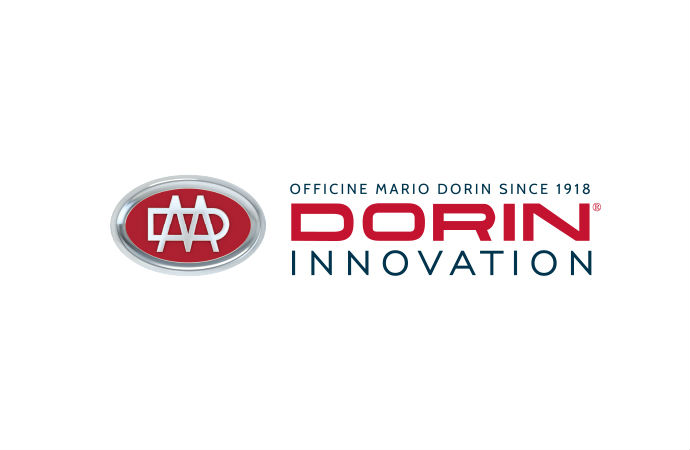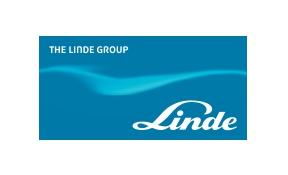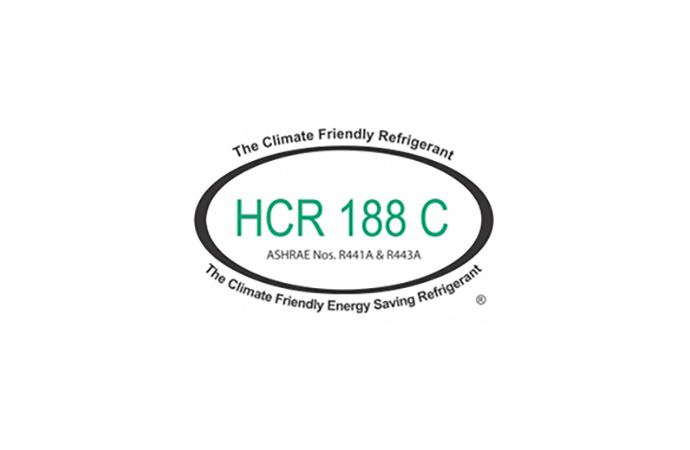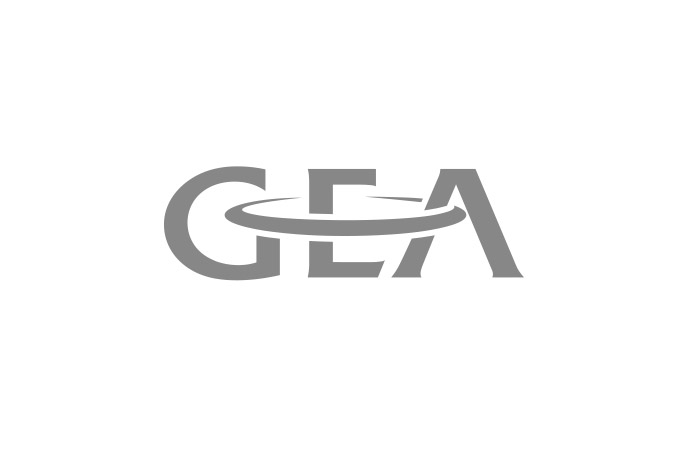Ahead of the pending US Significant New Alternatives Policy (SNAP) ruling Keith Gifford, Director of Global Marketing Tecumseh presented “What every refrigeration technician should know about hydrocarbon refrigeration” in an archnews.com webinar. This first article about the webinar provides an overview of SNAP, fluorinated refrigerant replacements and hydrocarbon working pressures and temperatures.

It is expected that hydrocarbon refrigerants will be approved for commercial and residential refrigeration equipment use in the United States within the next 90 days. Original equipment manufacturers are designing new hydrocarbon refrigeration equipment for 2012 introductions. To familiarise technicians with hydrocarbon refrigerants in preparation for the upcoming changes, Mr Gifford provided a comprehensive overview of the differences between hydrocarbons and fluorinated refrigerants.
The US Significant New Alternatives Policy (SNAP)
The SNAP ruling for hydrocarbon, which is expected to be out by the end of the year, is divided into two components:
- Refrigerators and freezers: the charge limitations are 57g (2.0 ounces) in any refrigerator, freezer, or combination refrigerator and freezer. This is equivalent to the liquid you would find in a typical cigarette lighter.
- Retail food refrigerator and freezers: the charge limitation for propane R290, which is a substitute for R12, R502 and R22, is 150g (5.3 ounces).
Advantages of hydrocarbons, their working temperatures and pressures
Hydrocarbons are environmentally benign refrigerants. Their global warming potentials (GWP) are considerable lower than fluorinated refrigerants. Both R600a and R290 have a GWP of 3, which is relatively insignificant when you look at R12, R134a and R22, which have global warming potentials of 10,900, 1,430, and 1,810 respectively. Hydrocarbons also have lower discharge temperatures, improving the system reliability.
One of the key benefits of hydrocarbons is the reduction in refrigerant charge. Compared to R22 and R134a, R290 results in a 40% reduction in refrigerant charge. R600a results in a 45% reduction in charge compared to R134a, and a 60% reduction compared to R12.
Hydrocarbon working temperatures and pressures:
- Condensing temperature 10-13°C over the environment temperature
- Suction pressure 3-5°C below the environment temperature
- Compressor discharge temperature: lower than or equal to 120°C
- Compressor dome temperature: Lower than or equal to 110°C
- Compressor winding temperature: Lower than 130°C
- Equalising pressure (psig): 58/58 for R600a and 128/128 for R290 for low back pressure
- Peak pressure (discharge) (psig): 145 for R600a and 360 for R290 for low back pressure
- Stabilised discharge pressure (psig): 113 for R600a and 290 for R290 for low back pressure
R290 is a good replacement for R22
The boiling points of R290 and R22 are very close matches, 42.1°C and 40.8°C respectively. The evaporating temperatures of R22 and R290 are also similar -40.8°C and -42.1°C. This means R290 can use the same evaporator design as R22. R290 also has a lower discharge temperature than R22, which improves compressor reliability, and can work at higher pressure ratios. Overall, this results in a 5% extension in the capacity range.
R600a is a good replacement for R12
R600a is widely used in domestic applications and many countries. 95% of domestic refrigerators in Europe work with R600a, and now Argentina, Brazil, China and other countries in Asia are beginning to adopt R600a in refrigerators and freezers. However its smaller volumetric capacity and higher pressure ratios, limit it to very small capacities.
With regard to R600a, it has a lower molecular weight, 58.1 kg/kmol in comparison to R134a, 102 kg/kmol, which results in a lower charge for Isobutane. R600a also has lower operating pressures than R134a, improving reliability and extending life of the compressor. The limitation for R600a is in the range of 900 Btu per hour or about 264 W.
Hydrocarbon evacuation
The recommended minimum evacuation level for R600a and R290 systems is 200 microns. Moreover, technicians should use a high quality vacuum pump specifically designed for evacuation and the vacuum should be pulled from both high and low pressure sides to ensure there are no condensables left in the system. Care should be taken to prevent moisture from entering systems and components prior to assembly otherwise evacuation will take longer.
Read more in Part 2 of the Article here.
Read more in Part 2 of the Article here.
MORE INFORMATION
Related stories




















